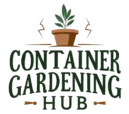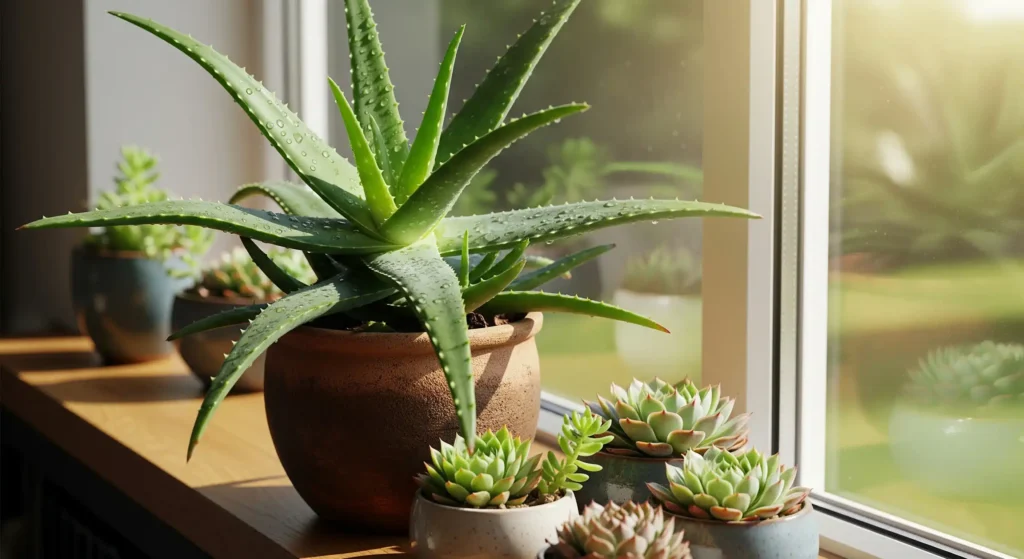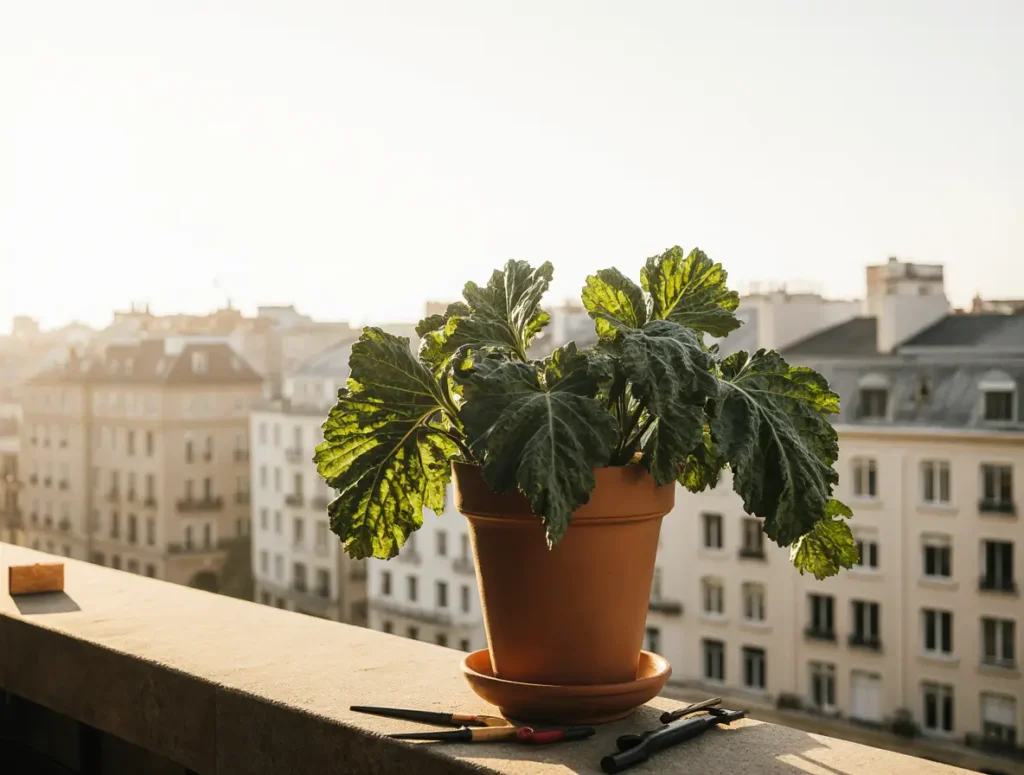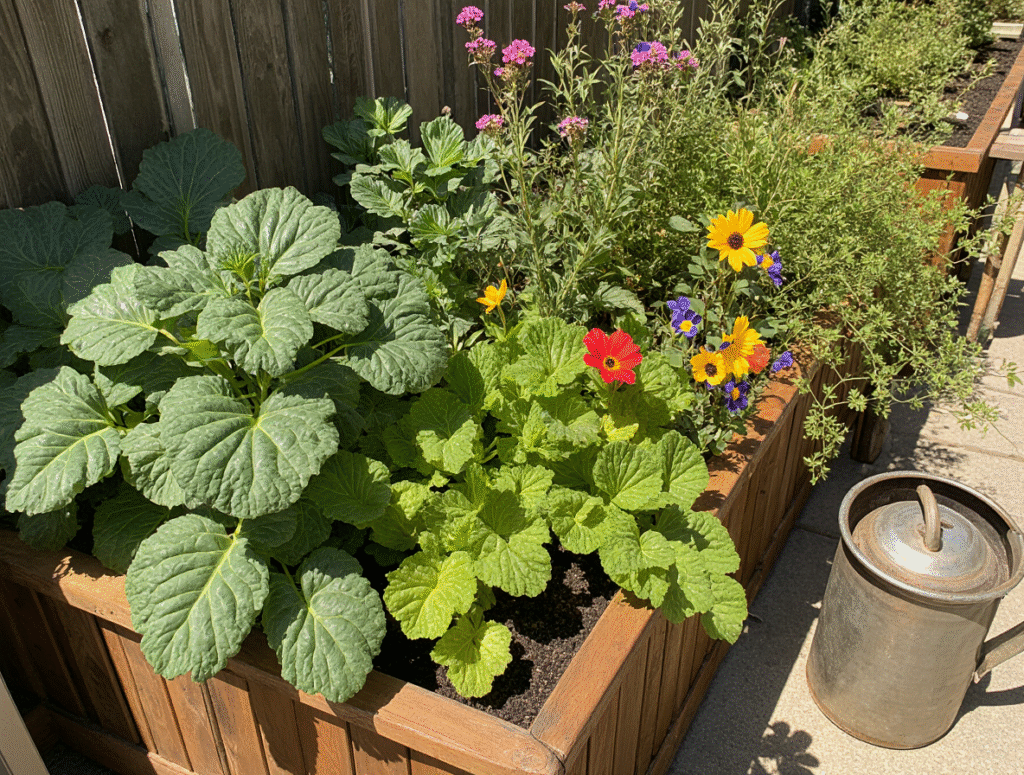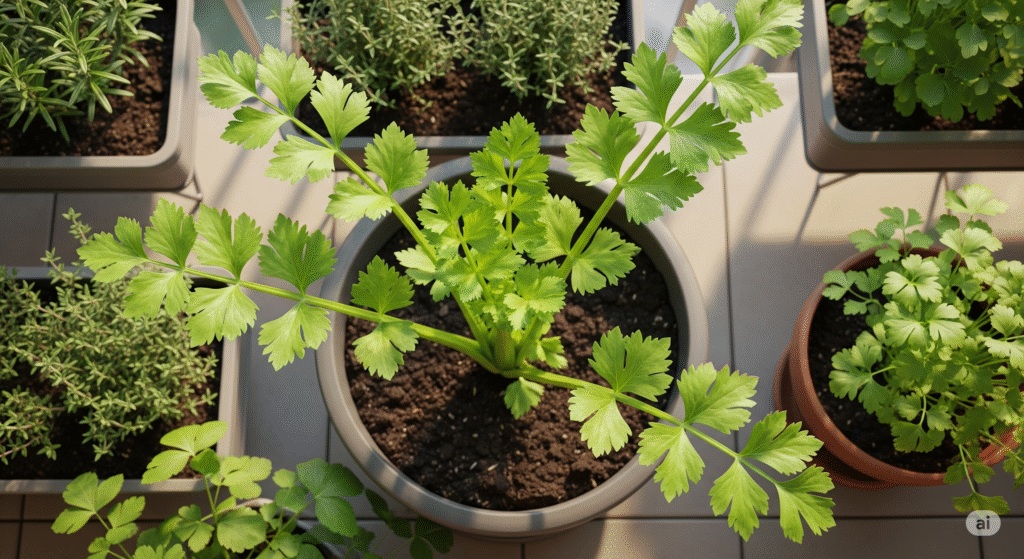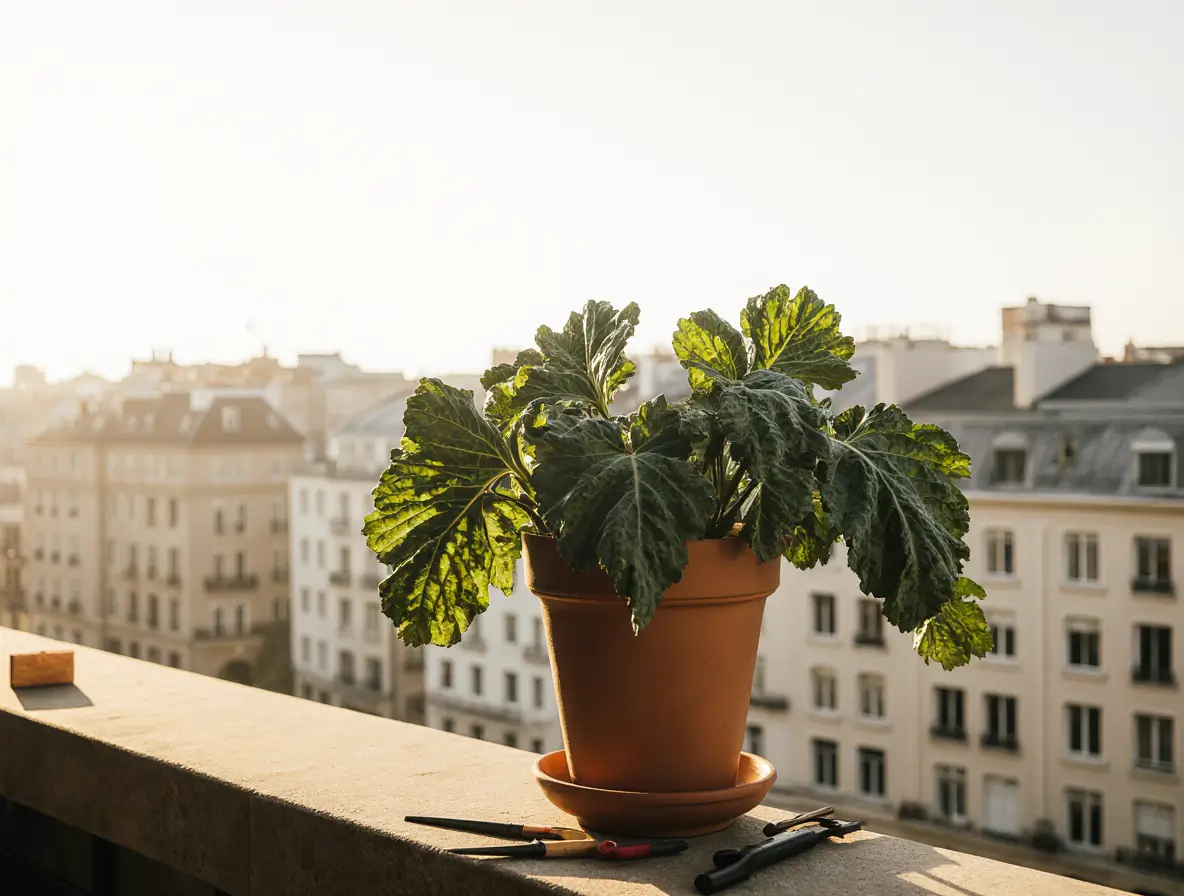
How to Grow Kale in Pots: Your Ultimate Guide to Thriving Greens in Small Spaces
How to Grow Kale in Pots
If you’ve ever dreamed of harvesting crisp, nutrient-packed kale from your own patio or balcony but aren’t sure where to start, you’re in the right place. This comprehensive guide on how to grow kale in pots will walk you through every step to successfully cultivate this leafy green, even if you only have limited space. Whether you live in an apartment or simply want to keep your kitchen garden close by, you’ll discover everything you need to know to enjoy fresh, homegrown kale right at your fingertips.
Why Grow Kale in Pots?
Growing kale in pots offers several advantages. For starters, containers allow you to control soil quality and moisture more precisely, reducing the risk of pests and diseases. Plus, if you live in an apartment or have limited outdoor space, container gardening lets you grow your favorite greens right where you live.
Here’s why you should consider growing kale in pots:
- Space efficiency: Ideal for small balconies, patios, or urban gardens.
- Mobility: You can easily move pots to chase sunlight or avoid harsh weather.
- Soil control: Use nutrient-rich potting mix tailored for kale.
- Pest management: Easier to spot and manage pests in containers.
- Continuous harvest: Extend growing season by relocating pots to protect from frost or heat.
Now, let’s dive into the key steps to growing kale in pots that thrive.
Choosing the Right Container for Your Kale
The container you select impacts kale’s growth significantly. Kale’s roots need room to develop, and the plant itself requires adequate space for its leafy canopy.
Size Matters
- Depth: Choose pots at least 10 to 12 inches deep to accommodate kale’s root system.
- Width: A diameter of 12 to 18 inches per plant gives leaves room to spread.
- Multiple plants: Larger containers (20 inches or more) can hold two or more kale plants, but avoid overcrowding.
Material Choices
- Plastic or resin pots are lightweight and retain moisture well.
- Terracotta pots breathe better but dry out faster, so watch watering closely.
- Fabric grow bags provide excellent drainage and airflow to roots, encouraging healthy growth.
Drainage
No matter the material, ensure your container has drainage holes. Excess water must escape to prevent root rot and keep soil healthy.
When to Plant Kale in Containers
Timing is crucial for container kale success since it prefers cooler weather.
Best Planting Periods
- Early spring: Once soil can be worked and temperatures are stable (above 40°F or 4°C).
- Late summer or early fall: This allows you to harvest kale in fall and early winter.
- Mild climates: You can grow kale almost year-round with proper care.
Remember, kale tolerates light frost and often tastes sweeter after a frost, but hot summer temperatures can make leaves bitter and tough.
Finding the Perfect Location for Your Kale Pots
Kale loves sunlight but can benefit from some shade in hotter regions.
Light Requirements
- Aim for 6 to 8 hours of direct sunlight daily.
- In warmer climates, provide afternoon shade to protect leaves from wilting or bitterness.
- Ensure good airflow around your pots to prevent fungal diseases.
Placing your pots where they receive consistent morning sun is ideal.
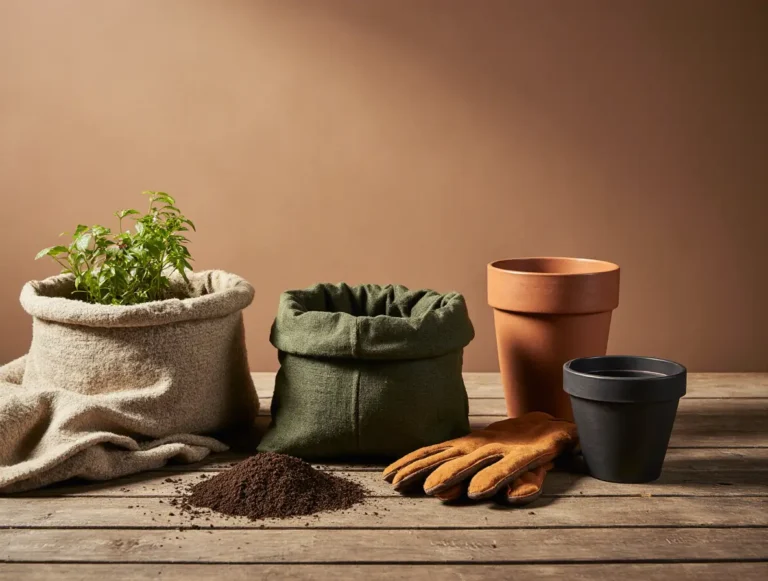
Preparing the Best Soil for Growing Kale in Pots
Healthy kale starts with nutrient-rich, well-draining soil.
What Soil Does Kale Need?
- Use a high-quality potting mix formulated for vegetables, not garden soil.
- Amend with organic compost or aged manure to boost fertility.
- The ideal soil pH for kale is between 6.0 and 7.0, slightly acidic to neutral.
- Avoid heavy or compacted soils that retain too much moisture.
You can add perlite or vermiculite to improve drainage if needed.
Choosing the Right Kale Varieties for Containers
Some kale types grow better in pots than others due to size and growth habits.
Best Container-Friendly Kale Varieties
- Lacinato (Dinosaur Kale): Tall, narrow leaves with a bumpy texture. Heat and frost tolerant.
- Dwarf Blue Curled: Compact curly leaves, perfect for small spaces.
- Red Russian: Tender flat leaves with a mild flavor; grows quickly.
- Redbor: Attractive purple curly leaves; adds color and is cold-hardy.
Pick a variety that suits your taste and container size.
Starting Kale From Seeds vs. Transplants
You can either sow seeds directly in pots or use nursery-bought seedlings.
Seeds
- Economical and offers more variety options.
- Sow seeds 1/4 inch deep and about 1 inch apart.
- Thin seedlings to the strongest plant once they develop 2–3 true leaves.
- Germination takes about 7–10 days in cool soil.
Transplants
- Faster route to harvest.
- Choose healthy, vigorous seedlings.
- Space transplants 12–18 inches apart in your pot.
- Handle roots gently to avoid shock.
Either method works well, but seeds might require a bit more patience.
Watering Your Kale Containers the Right Way
Container plants need more frequent watering than garden beds because pots dry out faster.
Watering Tips
- Keep the soil consistently moist but never waterlogged.
- Water deeply, allowing water to reach the roots.
- Early morning watering reduces disease risk and evaporation.
- Use mulch (straw, shredded leaves) on top of soil to retain moisture.
- Test soil moisture with your finger—water when the top inch feels dry.
Avoid letting soil dry out completely, as stressed kale produces bitter leaves.
Fertilizing Your Kale Plants in Pots
Since kale is a leafy green, it thrives with adequate nitrogen and nutrients.
Fertilizer Guidelines
- Mix in slow-release fertilizer at planting.
- Supplement with liquid fertilizer every 2-3 weeks during the growing season.
- Organic options include fish emulsion, compost tea, or seaweed extract.
- Avoid overfeeding, which can lead to lush leaves but weaker flavor.
Feed your kale regularly to support continuous growth and healthy foliage.
Dealing with Common Pests and Problems
Even in containers, kale can face pest issues—but you can manage them effectively.
Watch Out For These Pests
- Aphids: Small sap-sucking insects; spray off with water or use insecticidal soap.
- Cabbage worms: Green caterpillars that eat leaves; handpick or use floating row covers.
- Flea beetles: Tiny beetles causing small holes; neem oil or sticky traps help.
- Slugs and snails: Common in moist areas; traps or natural predators work well.
Prevention Tips
- Inspect plants regularly to catch pests early.
- Use companion plants like thyme, dill, or chives to repel pests.
- Keep containers clean and remove damaged leaves.
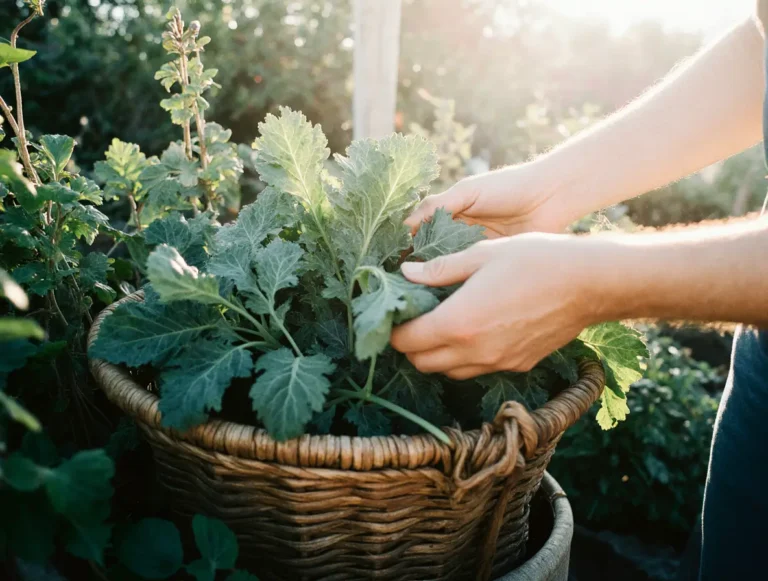
Harvesting Kale From Your Pots
One of the best parts of growing kale is enjoying fresh leaves whenever you want.
Harvesting Tips
- Start harvesting baby leaves when plants reach about 3 inches tall.
- Pick outer, mature leaves first, allowing the inner leaves to keep growing.
- For larger leaves, wait until they’re about the size of your hand.
- Use scissors or pinch leaves off at the stem to avoid damaging the plant.
- Regular harvesting encourages new growth and prolongs the season.
Avoid harvesting more than one-third of the plant at once to keep it healthy.
Extending Your Kale Growing Season
To get the most out of your container kale, consider these season extension tips:
- Move pots indoors or to sheltered areas during frost.
- Use frost cloths or row covers on chilly nights.
- In hot weather, place pots in shaded spots to reduce leaf bitterness.
- Rotate kale with other crops to prevent soil-borne diseases.
Frequently Asked Questions (FAQ)
- Can I grow kale indoors in pots?
Yes! Kale can grow indoors if you provide at least 6 hours of bright light daily. Using a grow light helps if natural sunlight is limited.
- How often should I water kale in containers?
Water when the top inch of soil feels dry, usually every 2-3 days depending on temperature and pot size. Avoid letting soil dry out completely.
- What’s the best fertilizer for kale?
A balanced vegetable fertilizer with extra nitrogen supports leafy growth. Organic options like fish emulsion work well.
- How long does it take to grow kale in pots?
From seed, kale usually takes about 55-75 days to reach harvest size. Transplants speed up the process by several weeks.
- Can I grow kale year-round in containers?
In mild climates, yes! In colder areas, bring pots indoors or protect them during winter. In hot climates, avoid summer planting.
Final Thoughts
Growing kale in pots is a rewarding way to enjoy fresh, nutritious greens even if you have limited space. By selecting the right containers, planting at the right time, and giving your kale proper care, you can harvest delicious leaves throughout much of the year. With this guide, you’re well-equipped to turn your small outdoor area into a thriving kale garden.
Ready to get started? Grab your seeds or seedlings, pick a suitable pot, and watch your container kale flourish!
Check out this article to know how to set an awesome fall garden : What to Plant in August in Containers for Fall Harvest
If you want more tips and inspiration on container gardening, visit ContainerGardeningHub.com.
You Might Like
